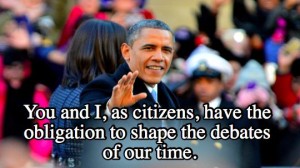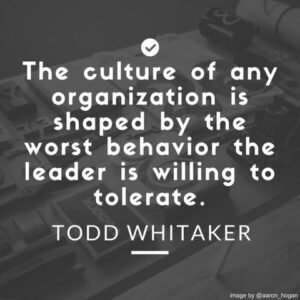Could these words have been clearer?
From a Nation at Risk to Parents,
“You have the right to demand for your children the best our schools and colleges can provide. Your vigilance and your refusal to be satisfied with less than the best are the imperative first step. But your right to a proper education for your children carries a double responsibility. As surely as you are your child’s first and most influential teacher, your child’s ideas about education and its significance begin with you. You must be a living example of what you expect your children to honor and to emulate. Moreover, you bear a responsibility to participate actively in your child’s education.” (National Commission on Excellence in Education, 1983, p35)
Yes, the message could be clearer.
YOU are your child’s first and most influential teacher.
YOU are a living example for your child; stress the importance of education.
YOUR vigilance is imperative to our schools being the best.
YOUR responsibility is to participate actively.
Because I was given the opportunity to write for The Federalist Papers Project yesterday, I tried to make the message clearer, today.
Maybe opportunity does open the door to improvement. Please think about (and act upon) what doors of opportunity we can leave open for the next generation.





